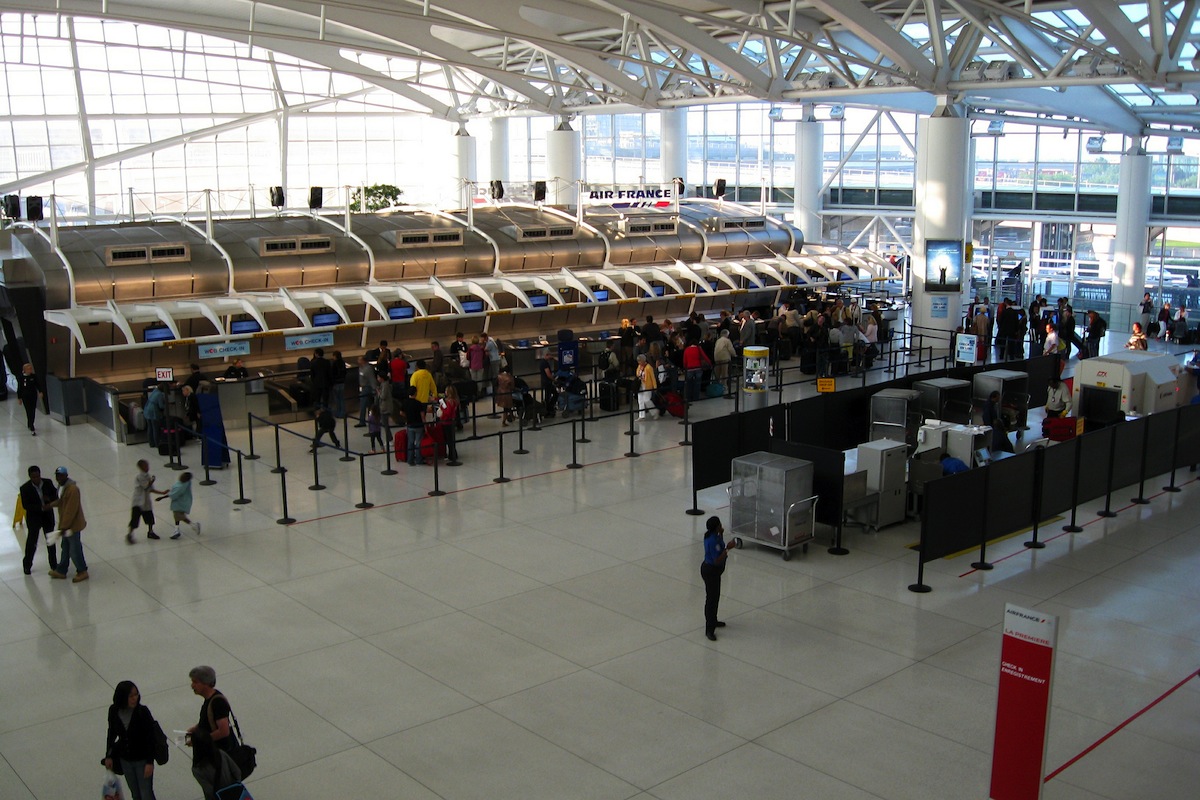As air travel becomes more competitive, airports are seeking reconnaissance about their passengers’ satisfaction levels. Some revealing research has been released in recent months. Here’s a sampling:
• In the midst of a $1 billion renovation and modernization, Tampa International Airport has been surveying thousands of customers about the impact of construction on their flying experience. Surprisingly few have complained.
When passengers log onto the airport’s free WiFi service, they are asked to fill out online questionnaires about the construction. According to a news story posted on the Tampa Bay Times|Tampa Tribune’s website in late June, the survey generates about 1,000 responses a day.
When the airport started doing roadway work, 60% of those surveyed said they noticed it, but only 2.7% said they were “impacted.” When the airport shut down one train to two airsides, only 1.7% said they were negatively impacted.
The airport has also stationed 22 customer service reps around its main terminal to help travelers find where they’re going if detours are necessary.
• Travel Leaders Group, the country’s largest travel agency company, recently polled nearly 3,400 Americans about their attitudes toward airport security. Among the respondents, 88.4% said they were either “satisfied” with or “neutral” about the state of security, up from 87.5% last year.
TSA Pre-Check may have something to do with these positive attitudes. When asked if they had experienced expedited screening at an airport in the previous 12 months, 53.1% answered affirmatively, compared to 60% who said no in 2014. About one-seventh of respondents (14.4%) said they use TSA Pre-Check “all the time,” versus 7.6% in 2014. And 26.1% say it reduced waiting times for screening, versus 17.6% in 2014.
• Architectural/engineering firm HNTB conducted a national air travel survey last November to gauge how passengers think technology might affect their travel experience. Nearly half (46%) of the 1,031 respondents said they expect advancements in security and technology over the next 5-10 years would alter how quickly they got through airports. Another 41% would like to see luggage with GPS-enabled tags for tracking purposes, while 32% want the ability to tag their bags themselves. Three of 10 respondents are looking forward to mobile apps that would allow them to pre-order in-flight food or drinks.
• In its 2015 Airline IT Trends Survey, SITA, a communications systems provider, found that 86% of airline carriers expect the Internet of Things to deliver benefits within the next three years, and 37% are budgeting with that in mind, with investments targeting check-in, bag drop, and luggage retrieval.
But so-called beacon technology, which uses sensors to track consumer actions, hasn’t caught on yet in the aviation sector. The SITA survey found that only 9% of airlines are using or testing beacons, although 44% plan to use beacons at bag drop areas, and 43% at baggage claim corrals.
The poll also found that 94% of airlines surveyed are investing in business intelligence. Another 74% are planning major investment programs by 2018.
Related Stories
High-rise Construction | Feb 23, 2024
Designing a new frontier in Seattle’s urban core
Graphite Design Group shares the design for Frontier, a 540,000-sf tower in a five-block master plan for Seattle-based tech leader Amazon.
Construction Costs | Feb 22, 2024
K-12 school construction costs for 2024
Data from Gordian breaks down the average cost per square foot for four different types of K-12 school buildings (elementary schools, junior high schools, high schools, and vocational schools) across 10 U.S. cities.
MFPRO+ Special Reports | Feb 22, 2024
Crystal Lagoons: A deep dive into real estate's most extreme guest amenity
These year-round, manmade, crystal clear blue lagoons offer a groundbreaking technology with immense potential to redefine the concept of water amenities. However, navigating regulatory challenges and ensuring long-term sustainability are crucial to success with Crystal Lagoons.
Architects | Feb 21, 2024
Architecture Billings Index remains in 'declining billings' state in January 2024
Architecture firm billings remained soft entering into 2024, with an AIA/Deltek Architecture Billings Index (ABI) score of 46.2 in January. Any score below 50.0 indicates decreasing business conditions.
University Buildings | Feb 21, 2024
University design to help meet the demand for health professionals
Virginia Commonwealth University is a Page client, and the Dean of the College of Health Professions took time to talk about a pressing healthcare industry need that schools—and architects—can help address.
AEC Tech | Feb 20, 2024
AI for construction: What kind of tool can artificial intelligence become for AEC teams?
Avoiding the hype and gathering good data are half the battle toward making artificial intelligence tools useful for performing design, operational, and jobsite tasks.
Engineers | Feb 20, 2024
An engineering firm traces its DEI journey
Top-to-bottom buy-in has been a key factor in SSOE Group’s efforts to become more diverse, equitable, and inclusive in its hiring, mentoring, and benefits.
Building Tech | Feb 20, 2024
Construction method featuring LEGO-like bricks wins global innovation award
A new construction method featuring LEGO-like bricks made from a renewable composite material took first place for building innovations at the 2024 JEC Composites Innovation Awards in Paris, France.
Codes and Standards | Feb 20, 2024
AISC, AIA release second part of design assist guidelines for the structural steel industry
The American Institute of Steel Construction and AIA Contract Documents have released the second part of a document intended to provide guidance for three common collaboration strategies.
Student Housing | Feb 19, 2024
UC Law San Francisco’s newest building provides student housing at below-market rental rates
Located in San Francisco’s Tenderloin and Civic Center neighborhoods, UC Law SF’s newest building helps address the city’s housing crisis by providing student housing at below-market rental rates. The $282 million, 365,000-sf facility at 198 McAllister Street enables students to live on campus while also helping to regenerate the neighborhood.

















